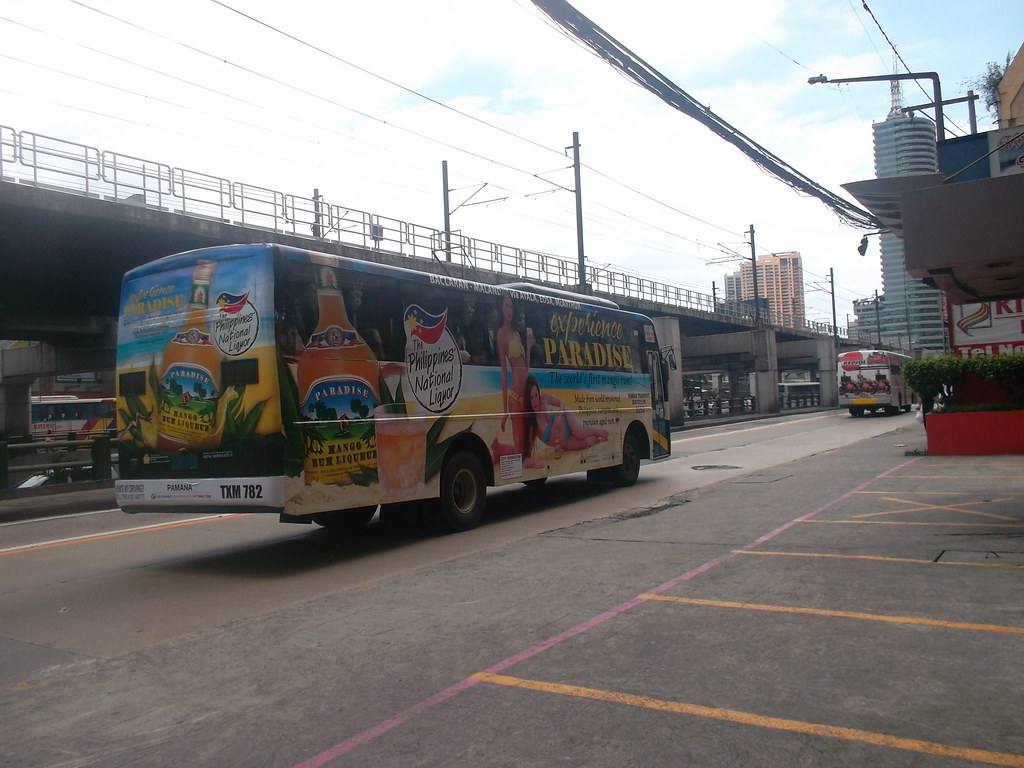Maximize Direct Exposure with Transit Advertising Philippines
Maximize Direct Exposure with Transit Advertising Philippines
Blog Article
Exactly How Transportation Advertising Can Change Public Transportation Spaces Into Dynamic Advertising And Marketing Operatings Systems
Transportation advertising holds significant potential to redefine public transport spaces into lively advertising systems that involve and educate. As we discover the diverse benefits and advancing techniques of transportation marketing, it elevates the inquiry of exactly how this transformation might redefine our interactions with both brand names and the metropolitan atmosphere.
Benefits of Transportation Advertising And Marketing

Furthermore, transportation advertising is highly cost-efficient contrasted to standard media. It allows marketers to attain high impacts at lower prices, making the most of return on investment. The restricted target market of commuters supplies a possibility for brand names to share their messages to people that are often responsive during their traveling times.
Moreover, the vibrant nature of transportation marketing enables projects to be upgraded frequently, making sure that messaging remains prompt and relevant. This versatility can be essential in reacting to market fads or promotional occasions, maintaining the brand top-of-mind for customers. Finally, the prevalent existence of transit advertising and marketing adds to brand recall; duplicated exposure within acquainted traveling contexts reinforces brand name awareness and promotes customer commitment, inevitably driving sales and boosting brand name online reputation.
Sorts Of Transportation Advertising And Marketing
Public transport systems offer various formats for advertising, each dealing with various advertising and marketing techniques and target market involvement techniques. One noticeable kind is external bus and train covers, which cover the whole automobile and produce a mobile signboard result, enabling high exposure in metropolitan environments. These covers can capture attention as they go across busy streets, getting to a varied audience.
An additional popular style is interior advertising, which includes posters, electronic screens, and ads on transit seats. These placements engage passengers during their trip, reinforcing brand messaging in a confined space. Digital shows, in certain, use the advantage of vibrant web content, making it possible for advertisers to upgrade messages in real-time.
Terminal advertising is also considerable, including posters, banners, and interactive stands within transportation stations. These ads take advantage of foot web traffic and can target certain demographics based upon area.
Finally, marketing partnerships with transportation authorities can bring about distinct campaigns, such as themed transportation experiences or events, enhancing the general engagement with travelers. Each sort of transit marketing supplies distinctive advantages, permitting brand names to tailor their approach to successfully reach their target audience within the general public transportation ecosystem.
Involving Commuters Successfully
Commuters are progressively inundated with advertising and marketing messages during their day-to-day journeys, making it vital for brands to involve them in innovative means. To capture interest in this jampacked space, advertisers have to focus on creativity and relevance. Making use of eye-catching visuals and succinct messaging can significantly enhance the possibility of engagement.
Interactive aspects, such as QR codes or enhanced truth attributes, can also transform fixed ads right into immersive experiences, cultivating a deeper connection with the target market. Brands ought to concentrate on resolving travelers' requirements and interests, customizing messages to reverberate with their way of living, whether with promos for regional organizations or solutions made to boost their travelling experience.
Furthermore, timing plays an essential role; strategically positioning advertisements during height commuting hours can make the most of visibility and impact. Involving commuters properly also entails leveraging social media sites assimilation, enabling guests to share their experiences or promos directly from transit systems, consequently magnifying brand reach.
Fundamentally, reliable involvement depends upon comprehending the commuter trip and developing engaging, interactive, and appropriate advertising and marketing experiences that not just capture attention yet additionally drive action and loyalty. By doing so, brand names can change public transportation into a vibrant marketing system that resonates with its target market.

Measuring Advertising Impact
Exactly how can brands properly analyze the effectiveness of their advertising and marketing projects in transportation settings? Measuring the influence of transit marketing needs a diverse approach that incorporates quantitative and qualitative metrics. One widespread approach is tracking engagement through mobile analytics, where brands can analyze foot website traffic patterns and application communications previously, during, and after projects.
Studies can supply important understandings into brand name recall and consumer view, allowing brands to assess exactly how well their visit our website messages resonate with travelers. In addition, checking social media sites engagement relevant to details projects can expose changes in public assumption and brand name conversation.

Additionally, collaborating with transit agencies can enhance dimension accuracy, as they frequently have thorough market data on ridership trends. By incorporating these techniques, brand names can create an extensive understanding of their advertising and marketing effectiveness, ensuring that their campaigns not only get to yet also influence their target market successfully.
Future Patterns in Transit Advertising
A significant change is expected en route advertising and marketing as technical innovations and transforming consumer habits reshape the landscape. Transit Advertising Philippines. The combination of electronic display screens and multimedias is anticipated to boost engagement, enabling brand names to supply dynamic content that resonates with diverse target markets. As mass transit systems embrace smart innovation, advertisers will leverage real-time information analytics to customize messages based upon traveler demographics and habits
Additionally, increased truth (AR) is poised to reinvent the method commuters engage with ads. By supplying immersive experiences, AR can change an ordinary journey into an engaging story that captures interest and fosters brand name loyalty. This innovation will likely motivate marketers to create more experiential campaigns that drive customer interaction.
Sustainability is another crucial pattern affecting transit advertising. As environmental consciousness grows, brand names will increasingly look for to straighten with environment-friendly techniques, utilizing sustainable products and advertising eco-friendly campaigns within their campaigns.
Verdict
In final thought, transit advertising and marketing provides significant benefits by boosting brand exposure and involving a captive audience. Via numerous formats, such as exterior covers and electronic screens, it changes public transport into a dynamic marketing system. Reliable involvement methods and durable measurement methods even more amplify its effect. As fads evolve, the potential for innovative interactions between brand names and travelers is positioned to expand, making sure that transit advertising and marketing remains a vital part of contemporary marketing techniques.
Transportation advertising holds substantial potential to redefine public transport areas right into vivid marketing systems that engage and inform. The prevalent visibility of transportation advertising contributes to brand name recall; duplicated article direct exposure within acquainted travel contexts reinforces brand recognition and fosters consumer commitment, eventually driving sales click to read and improving brand online reputation.
Just how can brand names precisely assess the effectiveness of their marketing projects in transit environments?In conclusion, transit marketing uses substantial benefits by boosting brand exposure and engaging a captive target market. Transit Advertising Philippines. As fads evolve, the potential for innovative interactions in between travelers and brand names is poised to expand, making certain that transportation advertising continues to be an essential component of contemporary advertising strategies
Report this page